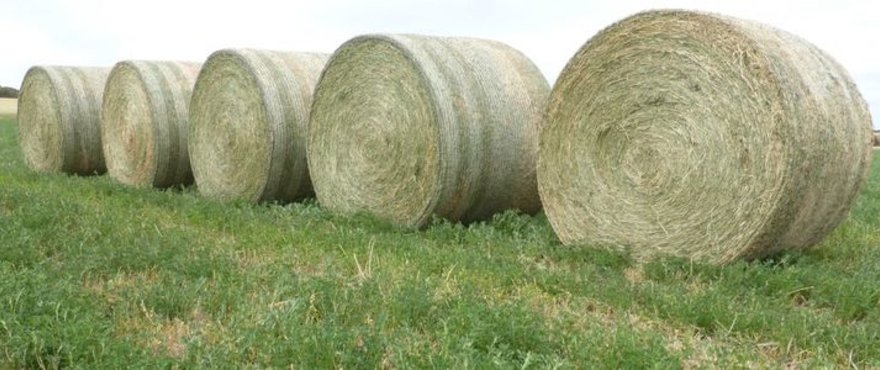Download a copy of the Genesis II Lucerne factsheet.
Growers who have for many years enjoyed the benefits of Genesis lucerne, will transition well into Genesis II. Selected from 68 parents within the New South Wales DPI lucerne breeding program through the Australian Lucerne Alliance collaboration, Genesis II provides growers with an improved variety that has resistance to phytophthora root rot, plus increased persistence over the trialling period. Genesis II has stable high yields and the required feed quality to satisfy both grazing and forage production markets.
Key features
- Winter activity rating 7
- 3–5% improved herbage yield compared to Genesis
- Winter active variety resistant to major root diseases
- Demonstrates good resistance to major aphid groups
Key benefits
- Well suited to hay and grazing production systems
- Excellent persistence with improvements over Genesis
Agronomy and management
During the establishment period lucerne seedlings are very vulnerable and care must be taken not to overgraze as it can cause a severe reduction in plant density. Once established, rotational grazing is very important to help improve persistence of the crop. Ideally spell before cutting or grazing until 5–10% of stems commence flowering, or crown shoots are 1–2cm long on 50% of plants. Avoid cutting or grazing lower than 5cm and it is important to have the crop grazed within a certain time frame (ie 4–6 weeks), and then spelled to allow restoration of plant reserves. Regular set stocking at moderate to high stocking rates
reduces persistence.
Disease resistance/tolerance
Genesis II is resistant (R) to phytophthora root rot (Phytophthora medicaginis) and blue-green aphid (Acyrthosiphon kondoi).
Pest resistance
Genesis II is highly resistant (HR) to Spotted alfalfa aphid (Therioaphis trifolii). As with other lucerne varieties, Genesis II is susceptible to damage from red legged earth mite (Halotydens destructor) and control measures need to take place prior to seeding or soon after germination.
Disclaimer: The information presented in this brochure is from official and other sources and is considered to be reliable. It is provided in good faith and every care has been taken to ensure its accuracy. Barenbrug does not accept any responsibility for the consequences that may arise from the acceptance of recommendations or the suggestions made.


